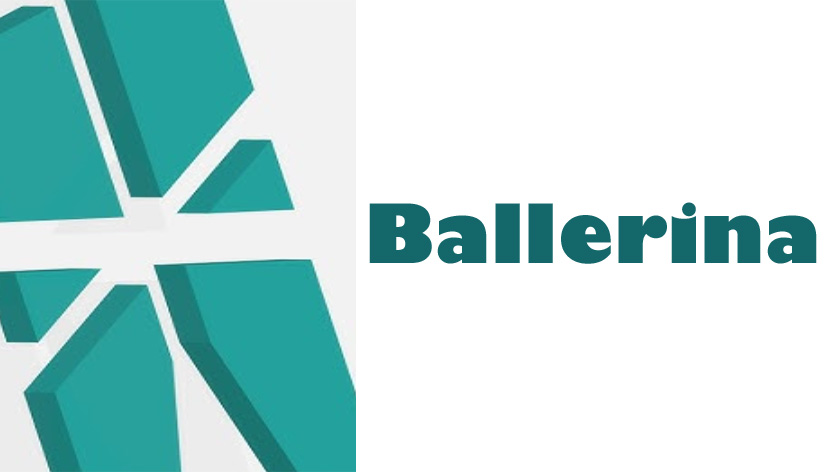Ballerina is defined as a programming language that WSO2 designs and is an open source for general purposes. It is intended for application programmers to use in the cloud era. The development of Ballerina was started in 2015 by architects from WSO2 As a code-based alternative to the configuration-based integration software such as ESB and workflow products. Ballerina is familiar with syntax with a direct graphical representation of the code in sequence diagrams.
It has fundamental abstractions designed to make integration problems easier to program. Ballerina also improves productivity for application developers who work with distributed computing. It is easy to modify and write and is suitable for application programmers.
It has different constructions geared toward cloud-native development, including support for various data formats and protocols and reliability and distributed transactions. Apart from this, it also supports event streams and APIs.
You will have different installation options when you install it from the appropriate package in your Windows or Mac OS system, including getting it from the source code. Apart from this, you need to install the Ballerina extension for Visual Studio code. You must check it repeatedly to see if the installed extension is correct. You need to see at least 20 commands.
The ballerina written extensions will connect to third-party products such as event streams and databases. One of the examples is Salesforce. Any organization can create and publish a package to Ballerina Central, and these reports can go public.
Ballerina also has different types of classes and objectives that will use new keywords. It also allows type inference to a VAR keyword. It is used as a functional programming language that supposes asynchronous programming. This also provides network services tables, XML type, and other advanced features. You can use it as an available programming language.

